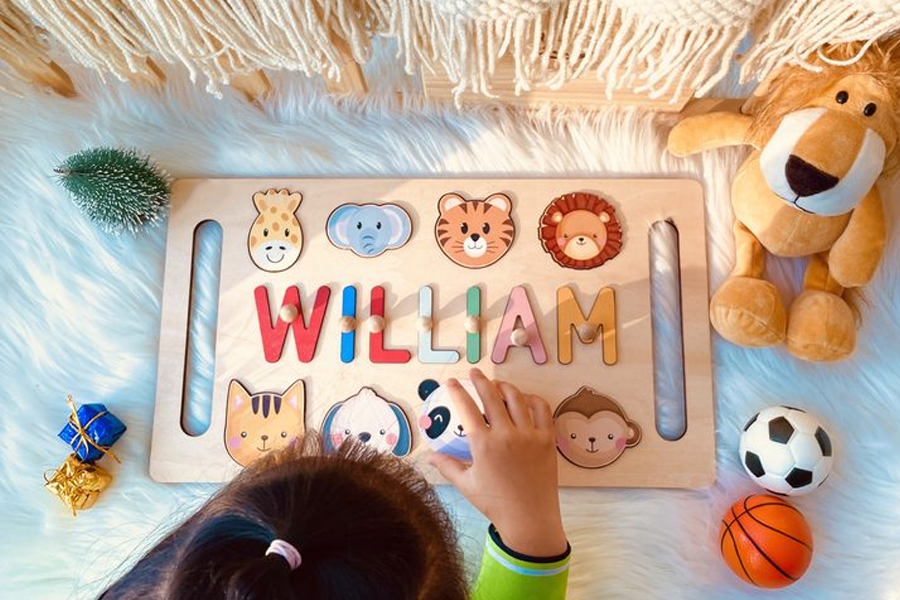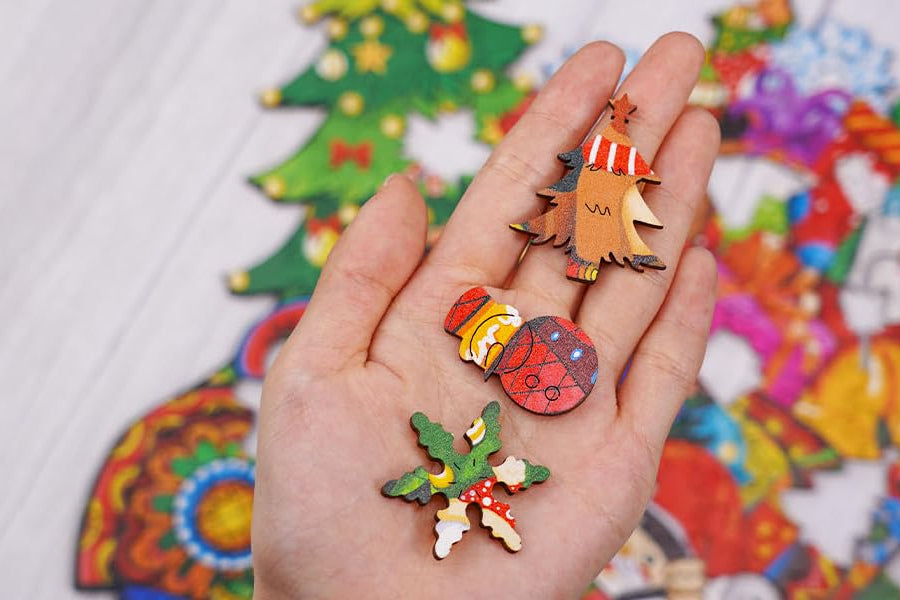Jigsaw puzzling remains a surprisingly popular pastime around the world. Whether as a relaxing hobby, a way to pass time, or a mental exercise, lots of people still come back to jigsaw puzzles — and new data confirms it.
📊 Data & Survey Insights
-
In the U.S., a survey by Ipsos for Ravensburger found that about 48% of American adults enjoy solving jigsaw puzzles at least once a year (for adult-level puzzles, e.g. 500+ pieces).
-
Among that group, 19% do puzzles monthly, weekly, or even daily.
-
Frequency varies by demographics: younger adults (18-34) are more likely to puzzle regularly vs older adults.
-
In the UK, according to a survey by Aviva plc, 84% of UK adults reported doing puzzles (including jigsaws, crosswords, word puzzles etc.) in the the last 12 months.
-
And specifically for jigsaw puzzles: about 34% of UK adults had done jigsaw puzzles in the last year.
-
In that same UK survey, 63% said they do puzzles at least once a week (any kind of puzzle).
💡 What It Means & Trends
| Insight | Interpretation |
|---|---|
| Nearly half of U.S. adults puzzle yearly | Jigsaws remain mainstream and broadly enjoyed, not a niche hobby. |
| ~1 in 5 puzzle monthly or more often in U.S. | A solid base of regular puzzlers who treat it as a recurring hobby. |
| ~1/3 in UK do jigsaws annually, but majority do puzzles often | Puzzles in general are very popular; jigsaws are a large segment but not everyone puzzles with jigsaws. |
| Younger adults are more active puzzlers | Could reflect hobbies during downtime, interest in more complex or digital / modern puzzle variants. |
🧠 Why the Hobby Is Still Strong
A few reasons help explain why so many people still do jigsaw puzzles:
-
Puzzles are relaxing, stress-relieving, and provide a sense of satisfaction.
-
Many treat it as a family tradition or group activity.
-
The pandemic revived interest in indoor activities, increasing puzzling among many people.
🧩 Quick Takeaways for Your Audience
-
It’s not rare — puzzling is enjoyed by a large share of adults.
-
Regular puzzlers are a real audience: almost 1 in 5 do it monthly or more often in the U.S.
-
In markets like the UK, puzzles of many kinds are extremely common, with high weekly usage.
-
Demographics matter: younger people, people with kids, etc. seem especially likely to puzzle more often.






